Kyo Yasai, or Kyoto vegetables, are highly respected in Japanese cooking. People all over the world know them for their great quality and special features. These special items are much more than just food grown in one place; they are old treasures, improved over hundreds of years to meet the high cooking demands of Japan’s ancient capital city.
Their strong taste, firm feel, and often unusual shapes come from long tradition and the hard work of local farmers. This article tells you exactly what these famous vegetables are, explains the historical reasons for their growth, and highlights the important types that still define Kyoto’s unique food culture.
What Exactly is Kyo Yasai?
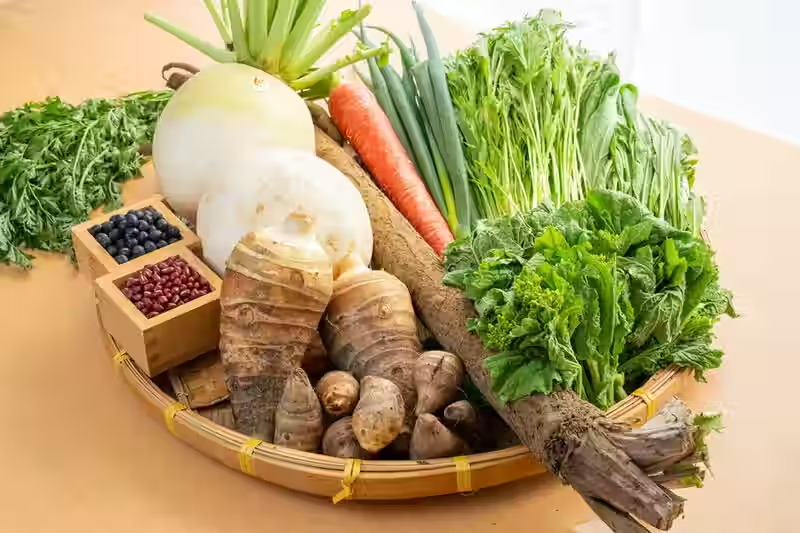
The name Kyo Yasai (京野菜) is used often, but it actually covers three clear groups for food and official rules. For the general reader, it is key to know these groups, as they show the full range, where they came from, and sales rules for the food.
Broad Term
In its most basic use, Kyo Yasai simply means any vegetable picked inside the Kyoto area. Under this wide rule, the name points to the place where the food came from, regardless of whether farmers newly brought in the plant type or grew it there.
The Main Group: Old-Style Types
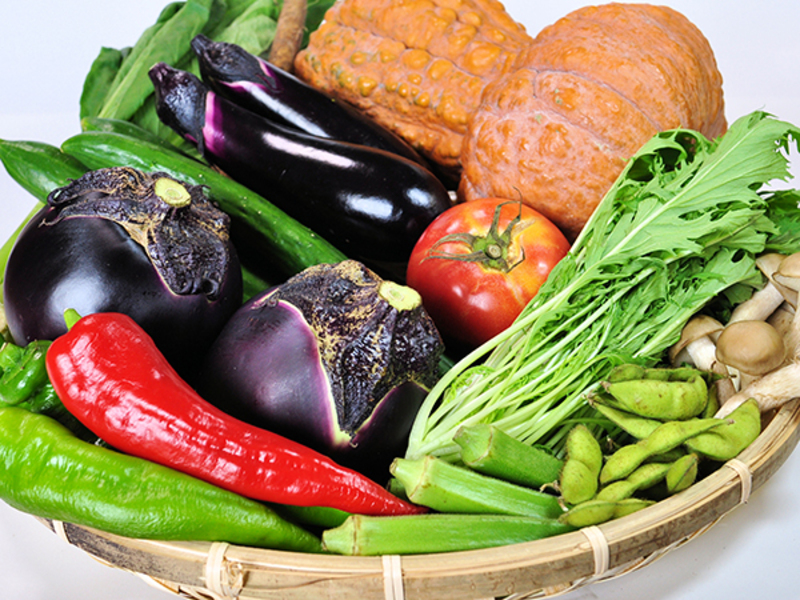
The most important part of the Kyo Yasai group is known as Kyo no Dento Yasai (京の伝統野菜), or Kyoto Traditional Vegetables. This group includes foods that meet a strict, old definition set by the Kyoto local government in 1988.
The rules for this official name are strict so showing these vegetables are important old plant types and cultural items:
- They must have been grown and written about before the Meiji period, which began in 1868.
- They can be grown anywhere in the Kyoto area, not just in Kyoto City.
- The list includes bamboo shoots.
- It strictly does not include mushrooms and ferns.
- It includes types grown now or kept safe, as well as those that have died out.
This historical rule ensures that people preserve the range of old plant types. Right now, officials designate 37 items as Kyoto Traditional Vegetables, including 35 that still exist and 2 that have disappeared, like the Toji Turnip.
The High-Price Group: Official Name-Brand Products
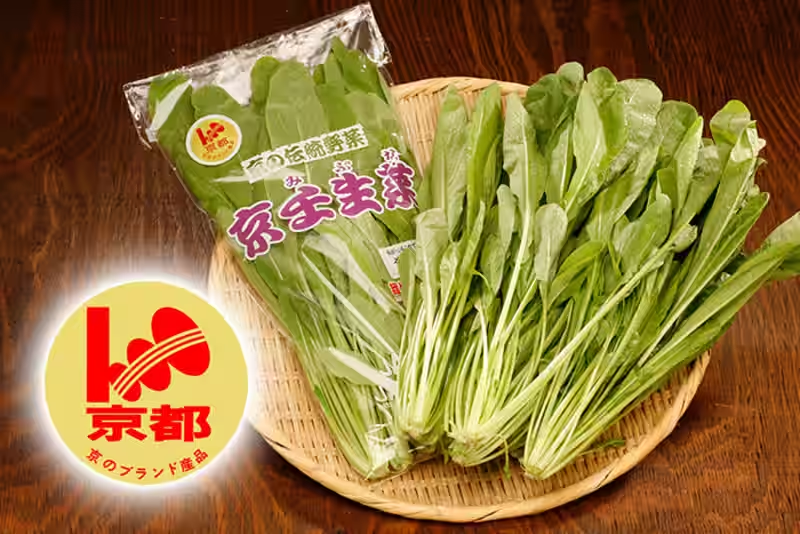
The third key group is the Kyo no Brand Sampin (京のブランド産品), or Certified Brand Products. This name is focused on selling, making sure of quality and market strength. These are Kyo Yasai foods (including some non-vegetable items like nuts and beans) that meet very strong rules for safety, trustworthiness, and quality checks.
To be a Brand Product, the food must meet high-level rules, have enough stock for sales, keep standard quality and features, and show a special look or better quality than food from other places. While many Brand Products are also Traditional Vegetables, producers include some newer items, like the famous Manganji Sweet Pepper, because they meet the high quality rules and sales needs, making them “just as good” as old-style vegetables. This selling effort, which now names 31 products, is key to making Kyo Yasai a high-value, costly product.
History Shaped by the Capital
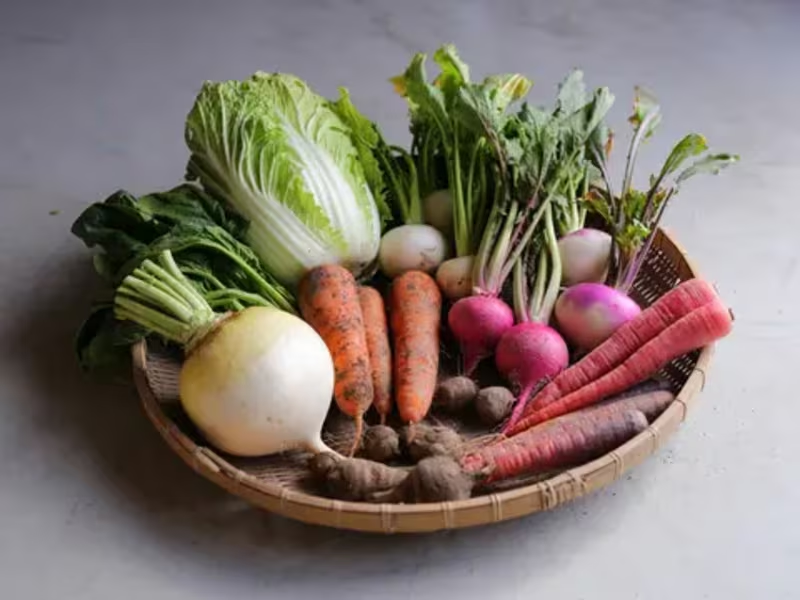
The history of Kyo Yasai goes back over 1,200 years, growing up with Kyoto as the Emperor’s main city. Furthermore, the Imperial Court (Kyuchu) and the main Buddhist temples (Shaji) shaped its special identity through their very specific, high needs.
The Court needed high-quality, fine food for the meals of the nobles, while temples needed food suitable for Shojin Ryori (meat-free Buddhist cooking) that could have great taste without using meat or strong spices. This constant, high need for great food, seen as more important than just growing a lot of food, caused many generations of farmers to carefully pick and improve special types. Kyoto’s special inland bowl-shaped area, which has strong season changes—including hot summers, cold winters, and big temperature drops from day to night—also played a main role. These weather also pressures naturally made for strong, thick, and flavorful vegetables perfect for old-style cooking like simmering (nimono) and pickling (tsukemono).
But many old-style types grew much smaller by the mid-1900s because of the rise of modern farming, which liked standard, high-yield mixed-breed vegetables. Seeing the danger of losing these key plant and cultural items, the Kyoto local governments officially stepped in. The setting up of the official Traditional and Brand vegetable definitions in the late 1980s was a needed, high-level effort that successfully brought back growth and eating starting in the 1990s.
Key Types, Cooking Roles, and Season Cycles
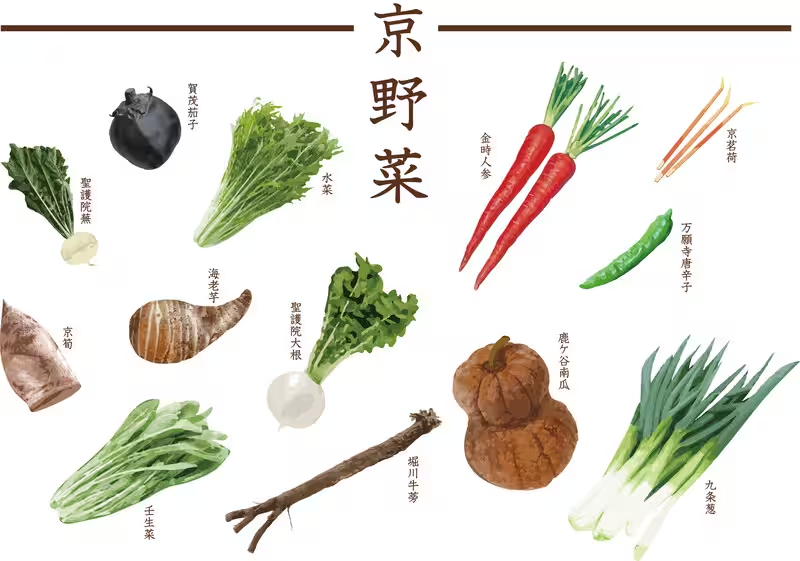
Locals know Kyo Yasai for extra-large food, special colors, and thick flesh, all tied to how they cook them. The cooking cycle of Kyoto follows when these foods come into season.
Summer Favorites
| Variety | Defining Characteristic | Typical Culinary Role |
|---|---|---|
| Kamo Nasu (Kamo Eggplant) | Large, dense, round eggplant that resists crumbling during cooking. | Miso Dengaku (miso-glazed eggplant), Simmered dishes, Fried dishes. |
| Fushimi Togarashi (Fushimi Sweet Pepper) | Long, thin, notably sweet pepper; mild flavor. | Grilling, Tempura, Stews. |
| Shishigatani Kabocha (Shishigatani Pumpkin) | Uniquely bumpy variety of pumpkin. | Summer favorite, Simmered dishes. |
Autumn and Winter Root Vegetables
| Variety | Defining Characteristic | Typical Culinary Role |
|---|---|---|
| Shogoin Daikon (radish) | Largest Japanese radish variety; mild flavor and soft texture when cooked. | Winter stews (Oden), Simmered dishes. |
| Shogoin Kabu (turnip) | Largest Japanese turnip variety; mild flavor and firm texture. | Lengthy simmering in winter hot pots. |
| Ebi Imo (Shrimp Taro) | High-grade taro with distinct, shrimp-like markings; large and luxurious. | Complex Simmered dishes (Nimono). |
Greens and Peppers Used All the Time
| Variety | Defining Characteristic | Typical Culinary Role |
|---|---|---|
| Kujo Negi (Kujo Leek) | High-quality green onion (leek); rich in Carotene and Vitamin B. | Toppings, Soup bases, Stir-fries. |
| Kyona (Mizuna) | Leafy green with a signature crisp, slightly sharp texture. | Raw applications (salads) and Kyoto pickles (Tsukemono). |
| Mibuna | High-grade taro with distinct, shrimp-like markings; large and luxurious. | Raw applications (salads) and Kyoto pickles (Tsukemono). |
Conclusion
Kyo Yasai shows a special mix of nature, history, and human hard work. These special vegetables are not market new things but the result of twelve hundred years of careful choice driven by cultural need and tough geography. The hard work of Kyoto’s farmers has saved these foods from being forgotten, making sure they stay a key part of Japanese food identity.
So, to fully enjoy the fine tastes and feels of this great food, readers should try out every other Kyoto vegetables out there.
Kyoto Vegetables (Kyo-yasai) – FAQ
What are Kyoto Vegetables (Kyo-yasai)?
Farmers grow traditional vegetables in the Kyoto area, and people know them for their high quality, rich flavor, and history.
How are they different from regular vegetables?
Kyo-yasai are heirloom varieties, carefully cultivated using traditional methods, giving them unique taste and texture.
What are some famous kinds of Kyoto Vegetables?
Popular ones include Kamo eggplant, Shogoin daikon, Manganji pepper, Kyo ninjin (Kyoto carrot), and Ebi-imo (taro root).
Where can I try dishes made with Kyoto Vegetables?
Many Kyoto restaurants, especially kaiseki and temple cuisine (shojin ryori) restaurants, use them in their seasonal menus.
Can I buy Kyoto Vegetables to take home?
Yes, you can find them in local markets like Nishiki Market or department store food halls in Kyoto.
Are they available year-round?
Many types are seasonal — for example, Shogoin daikon in winter and Manganji pepper in summer.
How are they usually cooked?
Cooks can grill, simmer, or pickle them, or even serve them raw in salads, depending on the vegetable.
Are Kyoto Vegetables organic?
Many farmers use eco-friendly and traditional farming methods, but not all are officially organic certified.
Why are they important in Kyoto cuisine?
They reflect Kyoto’s long food culture and chefs use them as key ingredients in the city’s refined and seasonal dishes.
Can I find Kyo-yasai outside of Kyoto?
Some specialty stores in Japan sell them, but you can find the freshest and most authentic ones in Kyoto.
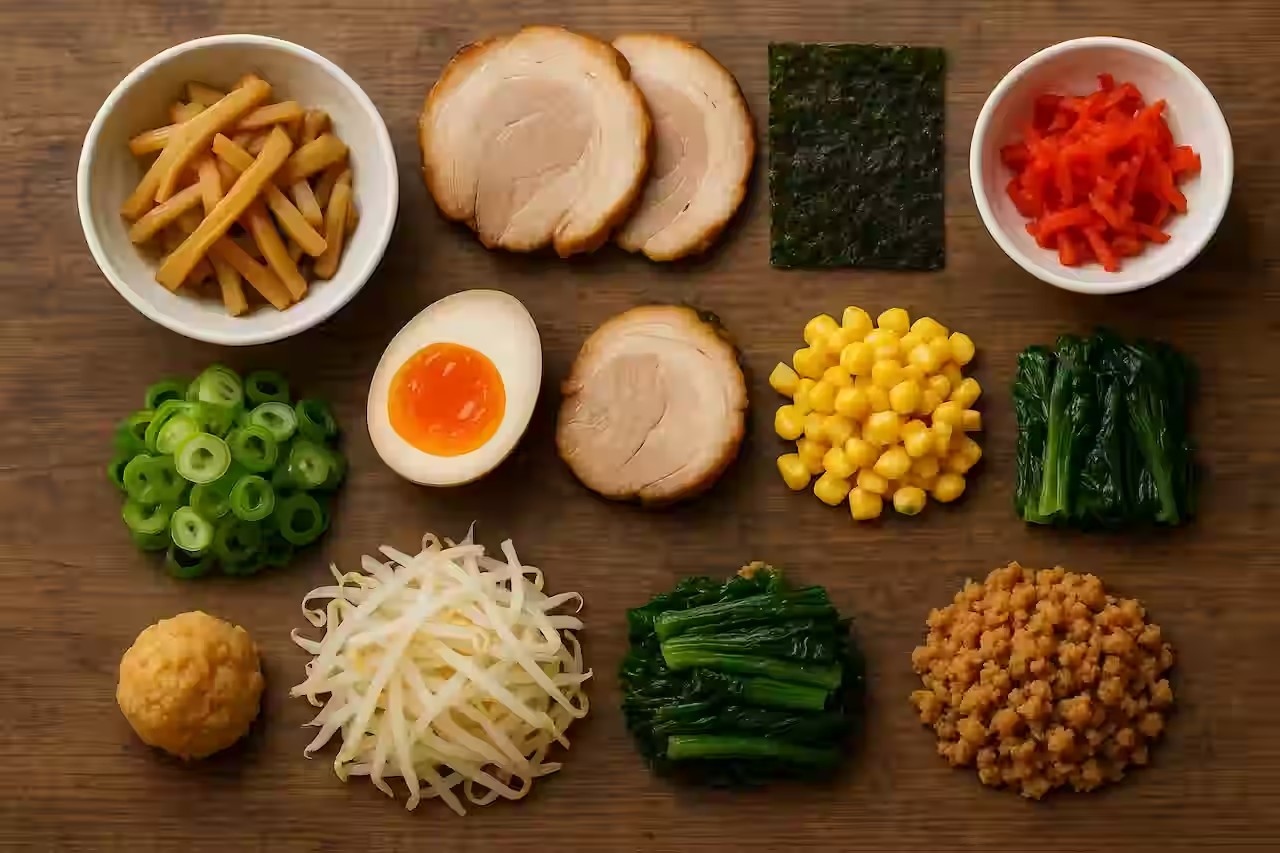
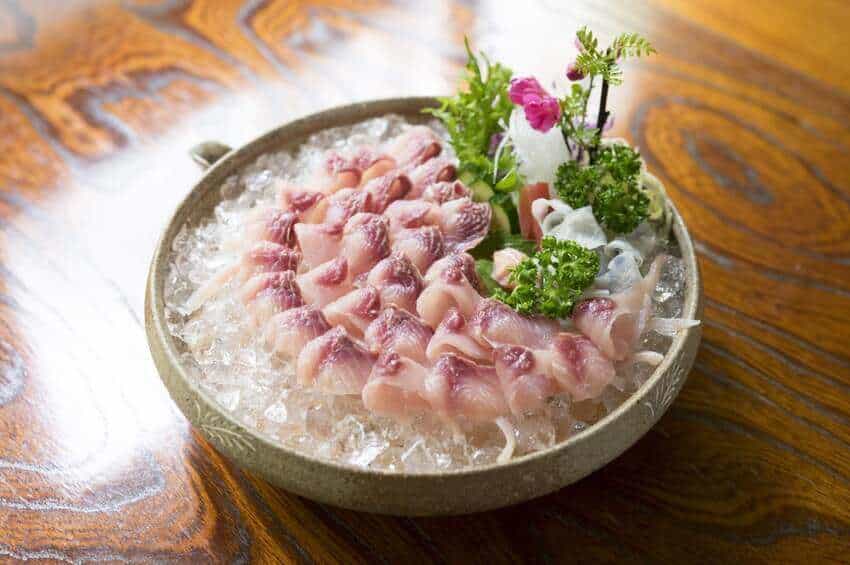
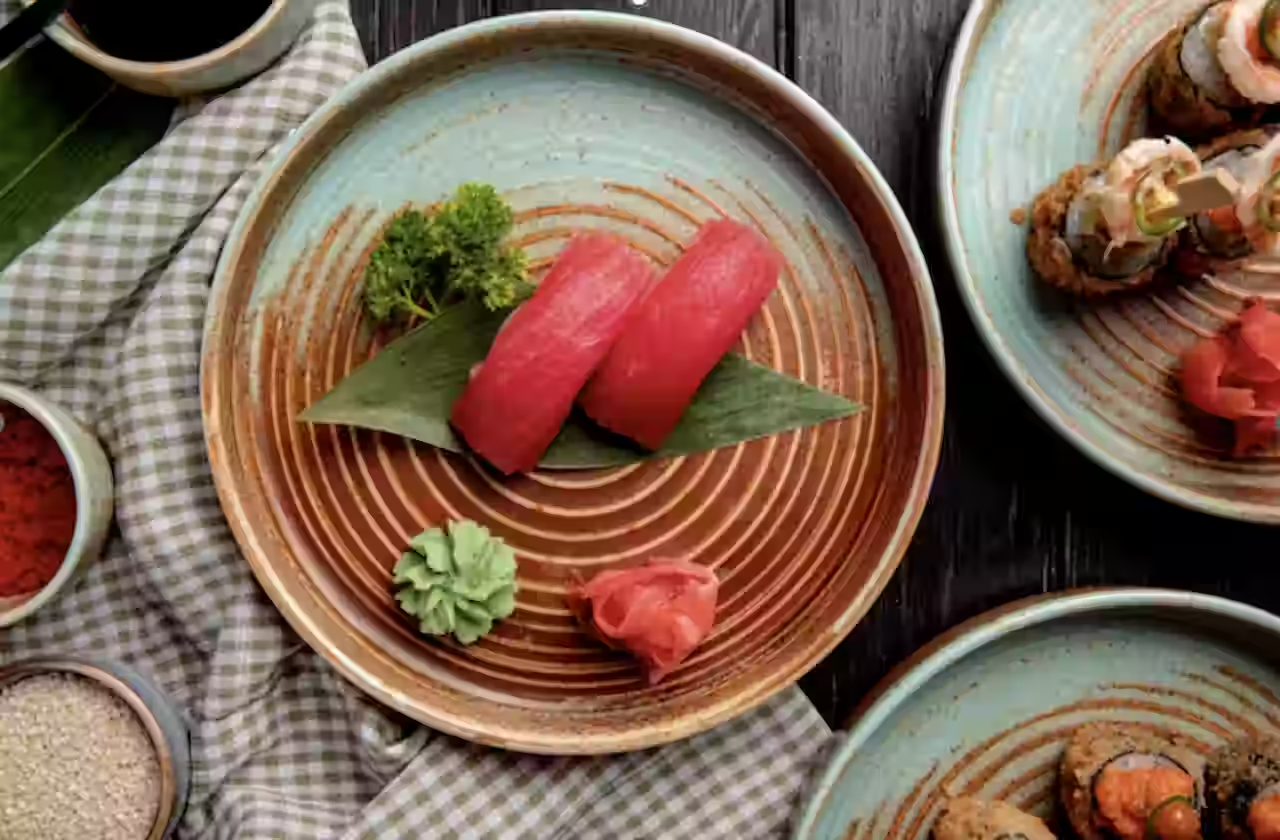
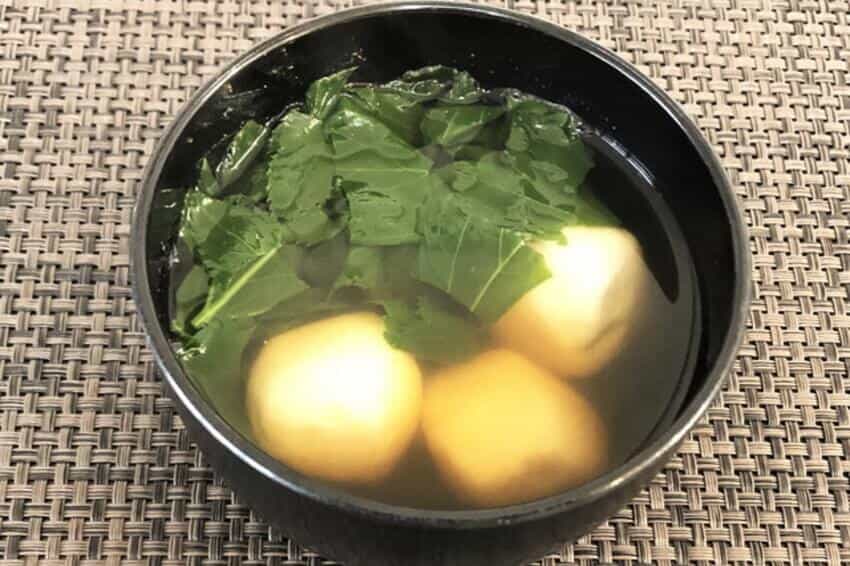
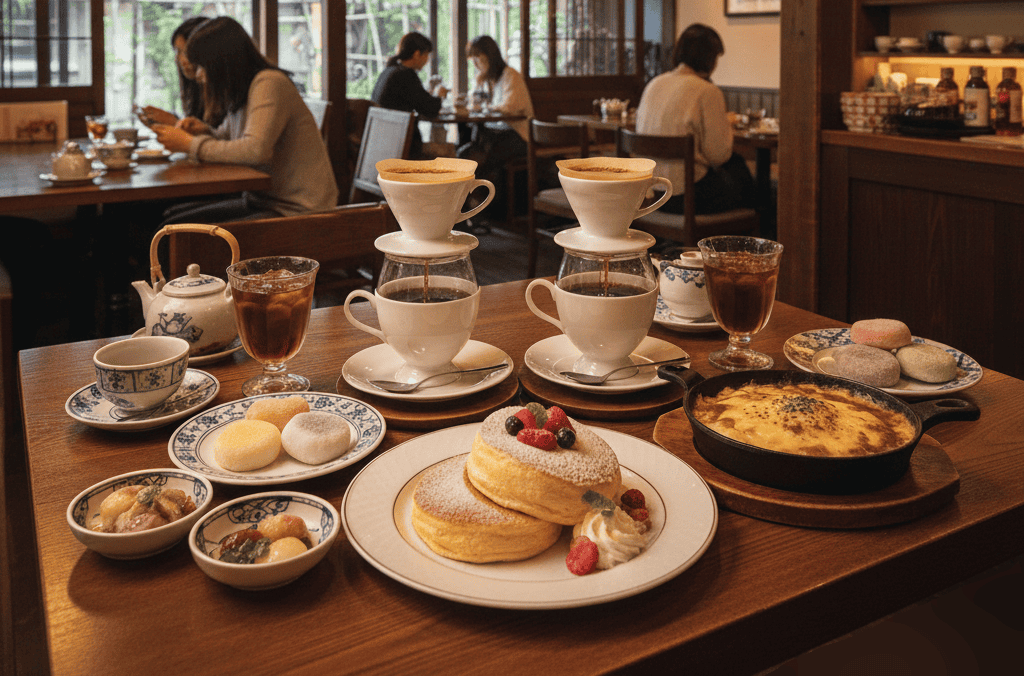

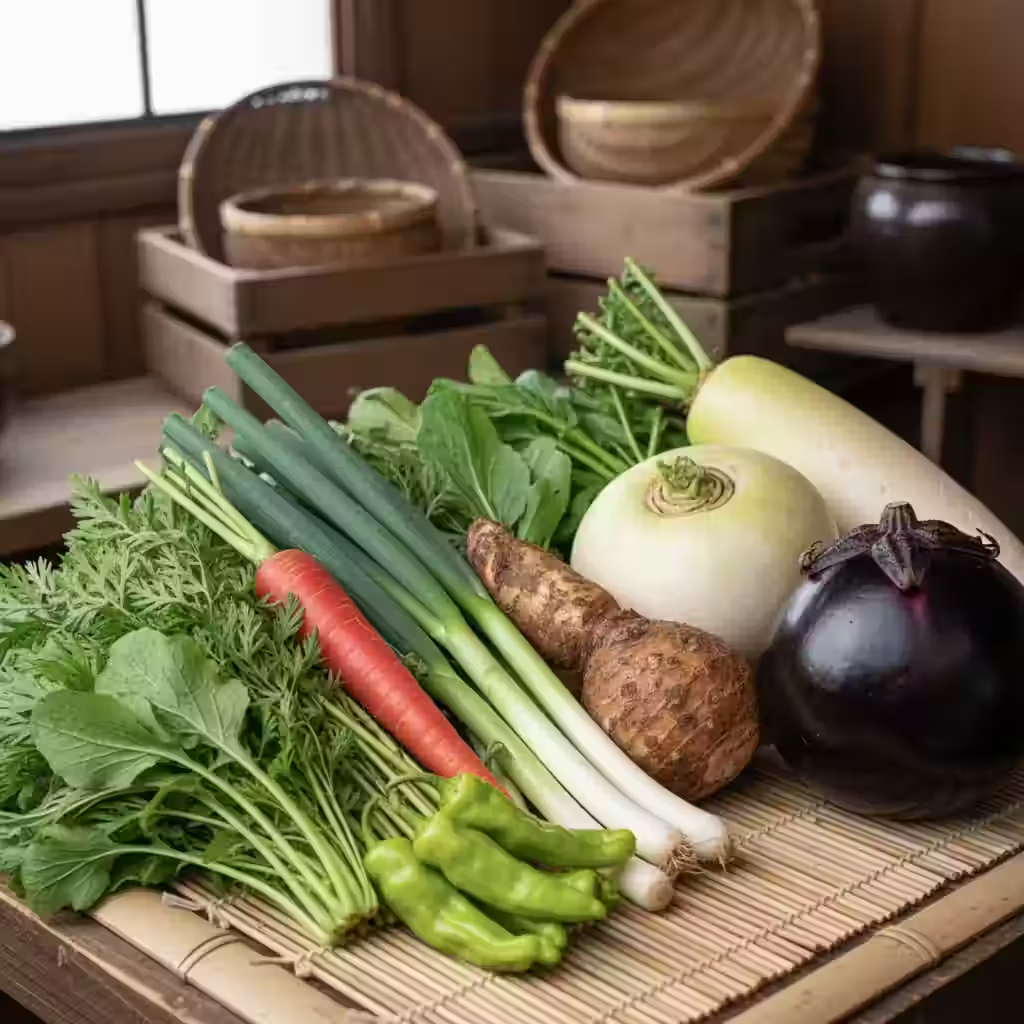
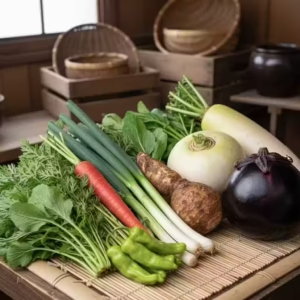
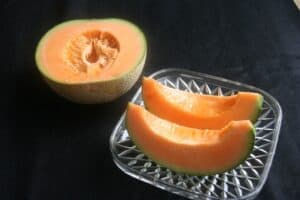
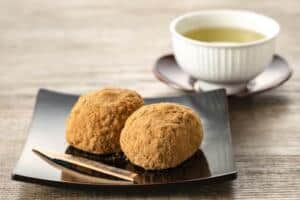
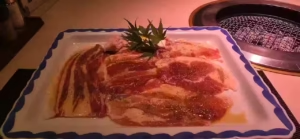
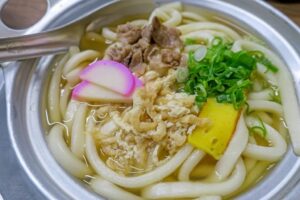
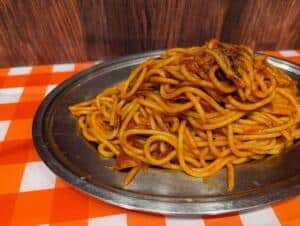
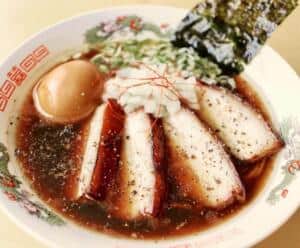
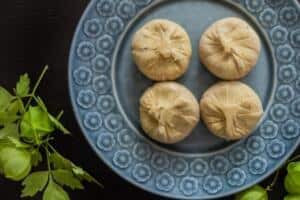
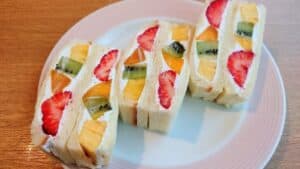
Comments